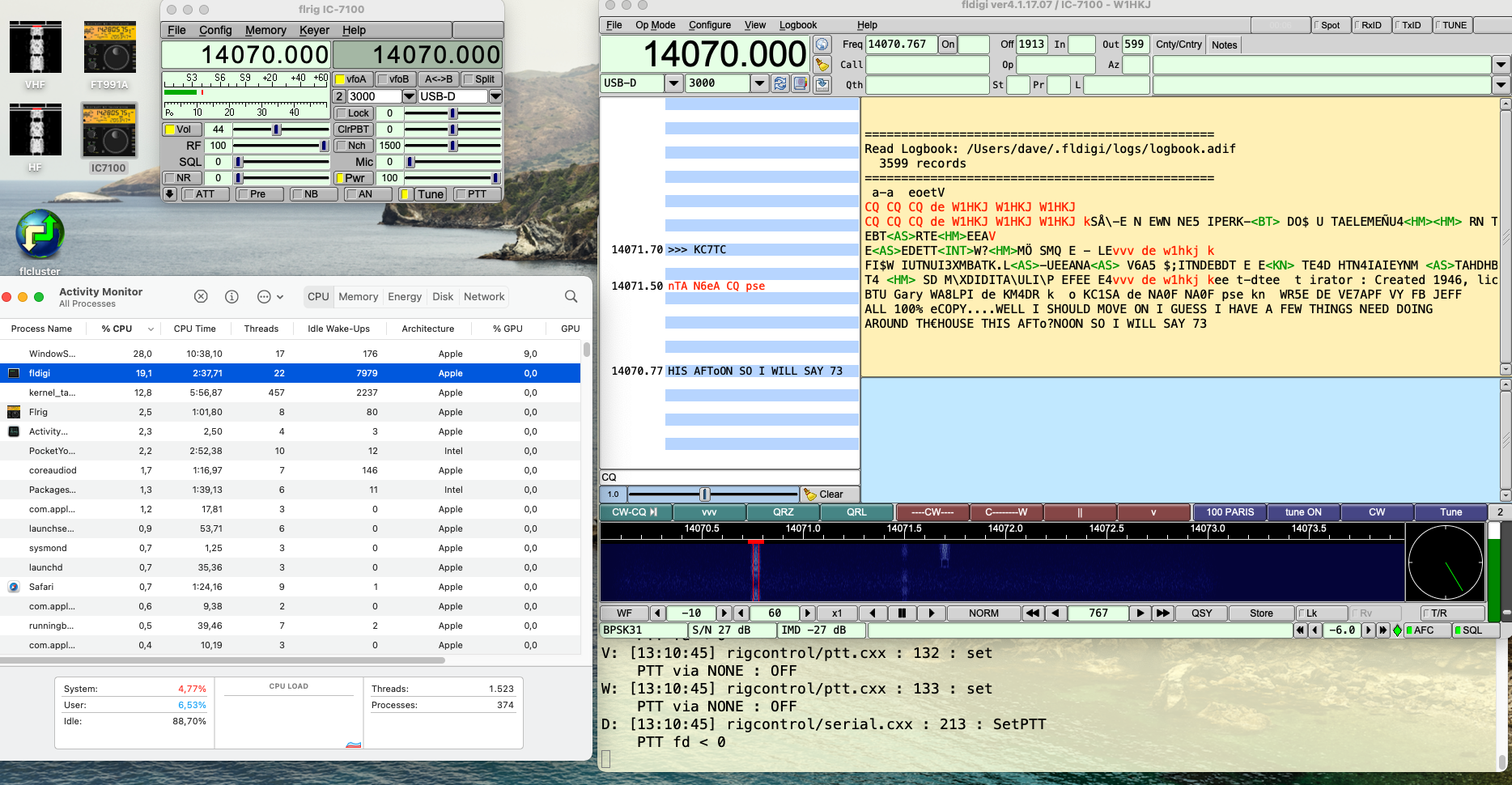

- #FLDIGI NBEMS GENERATOR#
- #FLDIGI NBEMS SOFTWARE#
- #FLDIGI NBEMS CODE#
- #FLDIGI NBEMS MAC#
- #FLDIGI NBEMS WINDOWS#
You can also add your own programs to the last 4 custom fields. These are the programs I normally have open when fldigi opens: flrig, flamp. If it doesn’t’, you will need to enter the path to each manually. If it is not, clicking the “locate” button should find it.
#FLDIGI NBEMS SOFTWARE#
If you have installed the various NBEMS software packages in their default locations the location for each program may already be filled in. You will be presented with the window that lets you select the programs to start with fldigi. If you plan on using fldigi with nbems, you can autostart the nbems programs when fldigi launches. Here are some recommended configuration changes: You are now ready to start configuring fldigi to your liking. (todo: add a page for radio and sofware library specific notes.)Īs I have not yet had the need to use these, I’ve left them at their default settings. If you have experience with a radio model or control mode not shown here, please e-mail me and I’ll add your notes. There are several different software libraries to control radio hardware and it varies greatly.
#FLDIGI NBEMS WINDOWS#
#FLDIGI NBEMS CODE#
If you don’t know your QTH locator code there are a few tools to help you find it.

The antenna field is optional is meant to be a short description of the antenna you use for Call logging purposes. I suggest entering your current city and state in the “QTH” box, and the QTH locator code in the “Locator” box. You should enter your Callsign and name in the appropriate fields. The first time you run fldigi it will open a setup wizard to walk you through a few basic setup steps:
#FLDIGI NBEMS MAC#
Mac – (todo: link to an instruction page) Setup and Configuration Windows – (todo: link to an instruction page) kcts – maintenance program for the Kachina 505DSP transceiver.kcat – computer control program for the Kachina 505DSP transceiver.flnet – simple net check-in management interface integrated into fldigi.fllog – simple contact logging program integrated into fldigi.flrig – simple rig control software supporting CIV, hamlib, rigcat and othres.
#FLDIGI NBEMS GENERATOR#
flwkey – simple interface to a CW key code generator.flmsg – a fast simple forms management editor for quickly sending standard ARRL and ICS message formats.flwrap – a small program that encapsulates files to be sent, within identifier blocks to verify file integrity.It uses error correction to ensure each block is sent correctly. Used to transmit one or more files in blocks. flamp – Implements the “Amateur Multicast Protocol”.It is used to pass ICS forms and other documents through fldigi over the air. flarq – File transfer application that integrates with fldigi.More info on fldigi can be found on W1HKJ’s web site. It converts audio signals into digital data. fldigi – The main packet decoding software.At the very least, you will need the following packages: Windows, Mac and Linux platforms are currently supported. Software downloads for various platforms: You should check back regularly since this document will change as we refine our knowledge and practices. NBEMSīelow is a working document with suggestions on where and how NEBMS should be used. Over the few months we hope to become more familiar and practiced in use of NBEMS on various band and packet encoding protocols so we can define a reasonable standard for it’s use in emergency communications in Utah County. The option we are currently looking at is NBEMS. UCARES members and leadership are currently investigating updating our packet usage and requirements to a more common standard. In the past UCARES has used ARESPACK as the standard for packet communications however many now feel that that software is becoming obsolete.


 0 kommentar(er)
0 kommentar(er)
